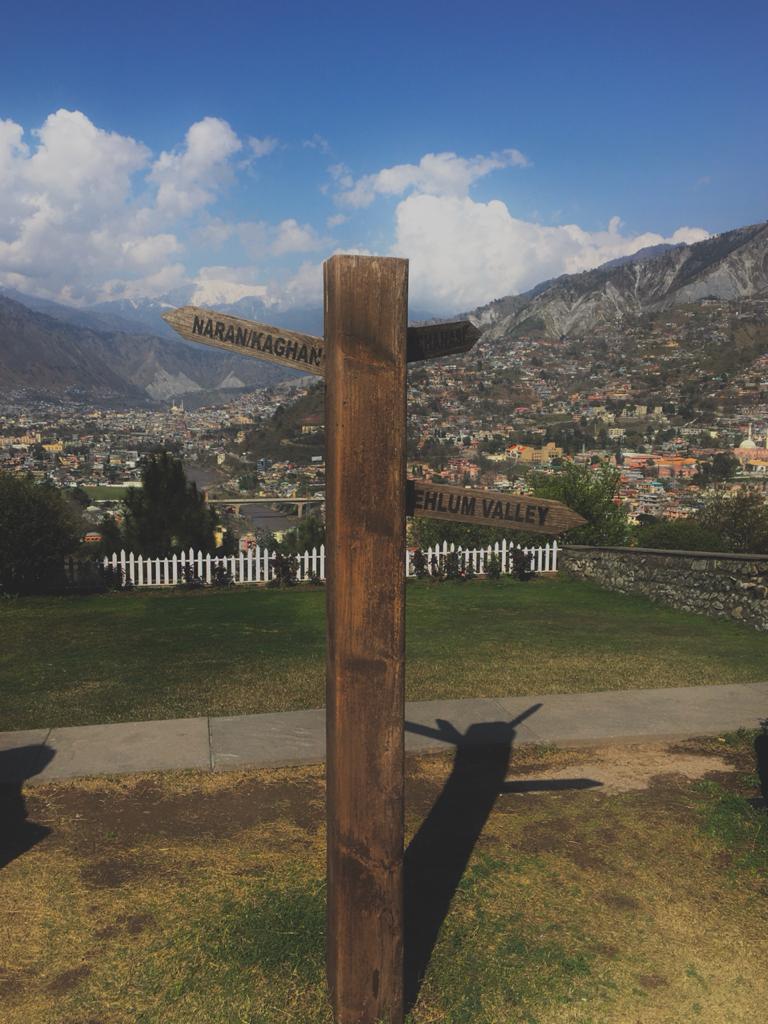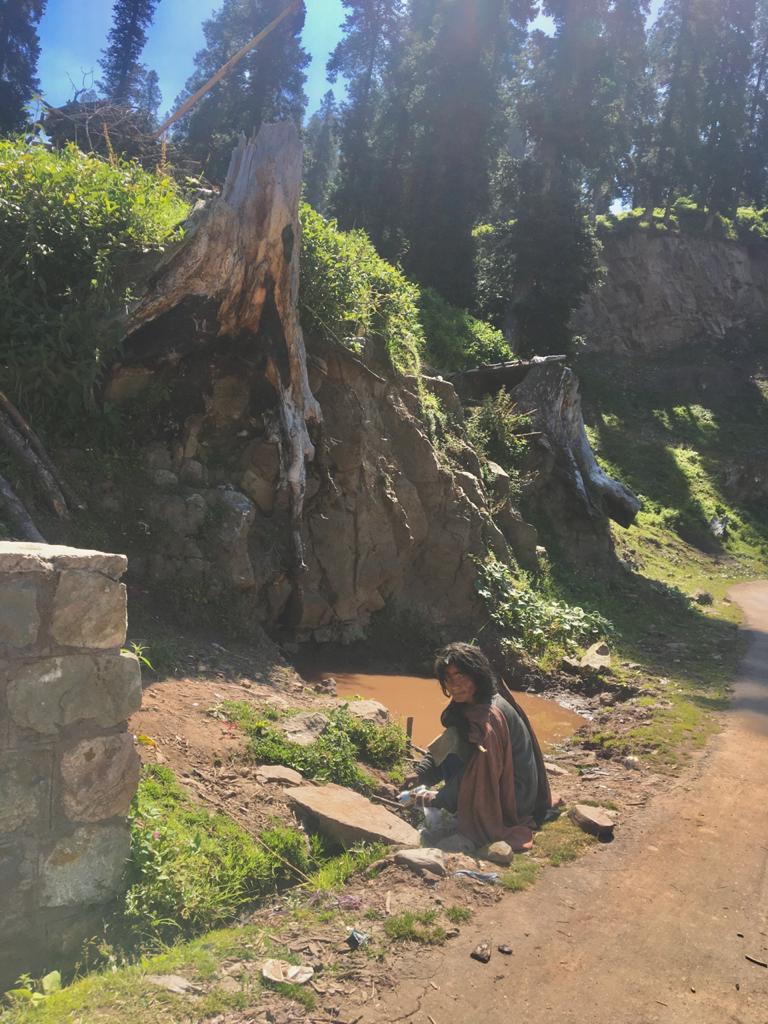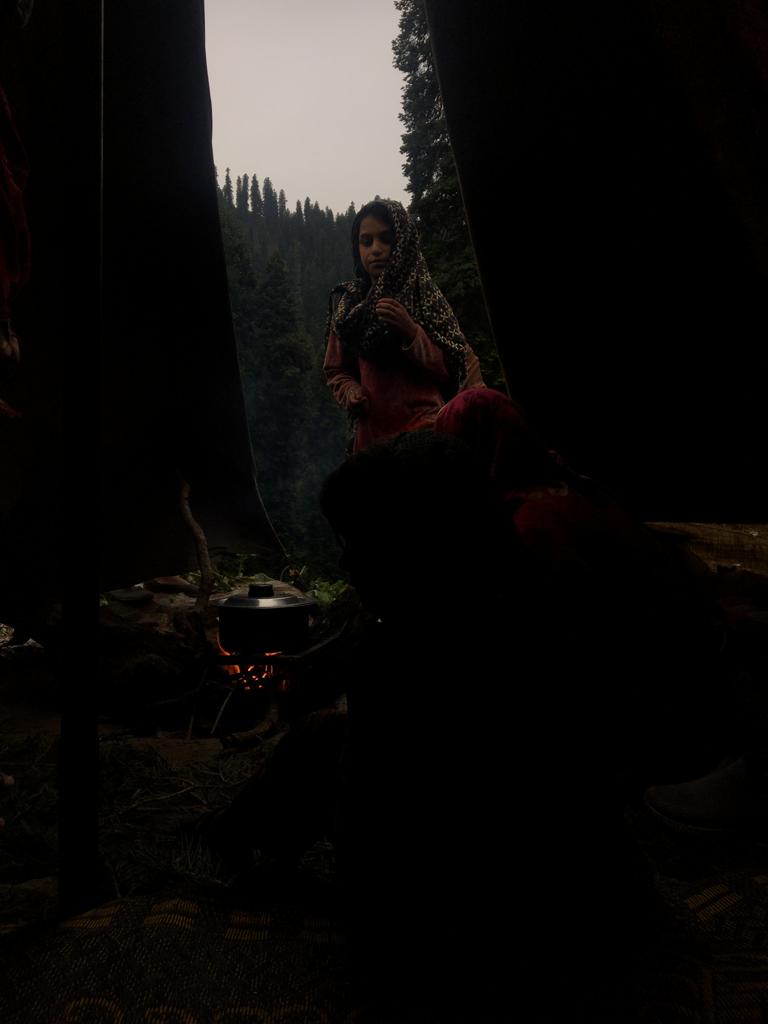
Jammu Kashmir historically has four distinct areas; Muzaffarabad, Kashmir, Jammu and Ladakh. During the partition of 1947, a Line of Control (LOC) came into existence, which divided Jammu Kashmir between India and Pakistan. On the 5th of August, 2019, the Indian government divided the region falling under its domain into two federally governed territories; Jammu Kashmir and Ladakh.
Under the rule of Maharaja Ranbir Singh, the Jammu province was divided into seven wazarats, namely Jammu Khas, Jasrota, Ramnagar, Udhampur, Reasi, Nowshera, and Mansar. Notably, this administrative reorganization saw marked improvements in land revenue assessment. In contrast, the Kashmir province, also under Maharaja Ranbir Singh’s governance, was divided into six wazarats (court): Shahra-i-Khas, Anantnag, Shopian, Pattan, Kamraj, and Muzaffarabad.

However, unlike Jammu, where the Maharaja directly governed the province, Kashmir was administered through appointed governors. This historical account provides insight into the administrative structure of the Jammu Kashmir region during the era of Maharaja Ranbir Singh, reflecting the detailed delineation of territories and the subsequent governance arrangements in the erstwhile princely state.
The literary tradition of the region dates back to its diverse and rich heritage encompassing poetry, prose, and drama. Influenced by Persian, Sanskrit, and English literary traditions. Kashmiri literature reflects the deep-rooted history and culture of the region. The literary landscape extends beyond the Kashmiri language, with works in languages such as Sanskrit dating back more than 2,500 years, while the original Kashmiri writings trace their origins to around 750 years ago, however, the literature has been diverse always encompassing diverse languages including Pahadi, Farsi, Urdu among other languages.

While poets like Sheikh Noor-ud-Din, Lalla Ded, Habbakhatoon, and Shiti Kanth are revered as pioneers, contemporary voices have left an indelible mark on Kashmir’s literature. Poets such as Hari Kishan Kaul, Majrooh Rashid, Rattanlal Shant, Hirdhey Kaul Bharti, Rafiq Raaz, Tariq Shehraz, Shafi Shauq, Showkat Shehri, M.H. Zaffar, G.M. Azad, Anis Hamdani, and Barkat Nida have made significant contributions, enriching the literary landscape with their diverse perspectives and poetic expressions.
The poets of the early era focused their poetic expressions on themes that delved into spirituality, self-control, and mysticism. Their verses served as guiding lights, directing people towards the paths of justice and truth. Through their poetic endeavors, these early poets sought to inspire contemplation, moral reflection, and a connection to higher spiritual truths, fostering a sense of righteousness and truthfulness among their audience.

As the inexorable course of history unfolds, each condition undergoes its expected mutability. Ignoring one’s authentic historical context and seeking refuge in escapist realms holds the potential to breed self-indulgent quietism. According to mainstream literary historiography, a significant portion of Kashmiri literature has struggled to transcend this threshold, especially considering the tumultuous circumstances of the last four centuries.
The very concept of Kashmiriyat has undergone a profound historical shift, not remaining static, as evidenced by our dynamic history. Chitralekha Zutshi, in her book “Languages of Belonging: Islam, Regional Identity, And The Making of Kashmir,” rightly points out that suggesting Kashmiri identities have followed distinct trajectories influenced by factors such as state structures, economic conditions, political culture, and the religious milieu at various historical junctures.
Without intending to sound assertive, there are times when a greater commitment, engagement, and sensitivity to immediate realities become imperative for artists and poets. In the mainstream Kashmiri literary tradition, Ghulam Ahmad Mahjoor stands out for his notable contribution to Kashmiri poetry. Writing in multiple languages, Mahjoor played a pivotal role in revitalizing Kashmiri literature by striving to liberate it from the heavy Persio-Arabic influence that had led to literary stagnation.
Currently, writers and poets are actively weaving the literary fabric in languages such as Kashmiri, Urdu, Pahadi, English, and Persian. However, the pervasive conflict has, over time, limited the diverse expressions within Kashmir’s literature, overshadowing it with the impact of ongoing struggles. Many authors from Kashmir and Jammu have become casualties of the prolonged conflict, fading into the background.
The dearth of specific literature focusing on the historical, social and political aspects of Muzaffarabad from its inception in 1948 to its contemporary, literary linkages is evident. The lack of insight into the internal struggles and the decision making during the partition era including the roles played by Maharaja Hari Singh and Pandit Jawaharlal Nehru hampered a comprehensive understanding of the region’s political evolution and its implications on the local communities. Understanding the literary history of the place is crucial in a broader socio-political context.

In an effort to acknowledge the often-overlooked writers from Muzaffarabad, who have made significant contributions to the literary heritage of the region, The Kashmiriyat is launching a series titled “Ahl-e-Kalam of Muzaffarabad.” This series aims to introduce our readers to these unsung literary figures, shedding light on their valuable contributions to the literature of the Himalayan region. From Muzaffarabad we are connecting to Ms. Azra Khatoon, who has contributed significantly to Muzaffarabad’s rich cultural, political and literary heritage. The author distinctly documents the prominent authors of Muzaffarabad. Her writings have featured in several Urdu dailies in the Muzaffarabad region.




